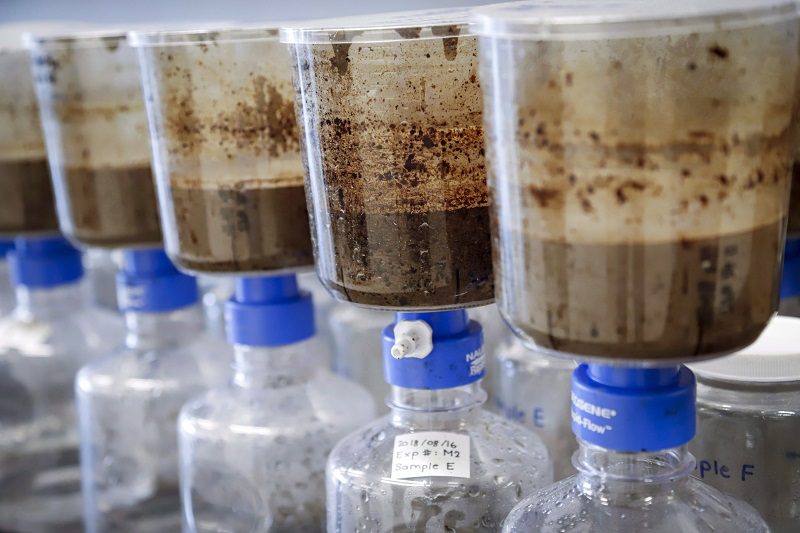Ottawa requests joint ‘working group’ on oilsands contamination with Alberta

Federal Environment Minister Steven Guilbeault has further spelled out what he wants to see in a new body that would oversee monitoring and communications around pollution problems in the oilsands.
In a letter dated March 16 to his Alberta counterpart Sonya Savage, Guilbeault said the new federal-provincial-Indigenous group would look at a wide variety of issues stemming from releases of tailings pond water from Imperial Oil’s Kearl mine. Although Savage has agreed to a new joint body, Guilbeault’s proposal seems to go farther than what she suggests.
“I am proposing the establishment of a joint federal-provincial-Indigenous working group, with participation from the oil companies, to give transparency to all parties involved by meeting on a regular basis to discuss remediation and containment plans, as well as notifications for ongoing incidents of spill or seepage,” Guilbeault wrote in the letter.
“A communication protocol should be established,” he said. “It would be the basis of improvements for future environmental emergencies notifications, reform of water monitoring and strong involvement of Indigenous communities.”
Guilbeault said the exact mandate has yet to be determined. Still, it seems to be more than Savage wants.
A statement from her office earlier this week said Alberta wants to improve communications and start a group for “accelerating collaboration on a long-term solution for the treatment and remediation of tailings ponds.”
That statement didn’t mention including First Nations in the group or any reforms to monitoring.
Guilbeault’s letter refers to Ottawa’s responsibilities in protecting fish habitat and treaty rights, both of which may have been affected by the Kearl releases.
That’s a message to the province that Ottawa intends to have a greater role in monitoring the oilsands, said Martin Olszynski, a professor of resource law at the University of Calgary.
“What (Guilbeault’s) saying is, ‘Let’s be clear, I have to be involved.’ The jurisdiction is clearly there for the federal government.”
Ottawa has been criticized both at home and internationally for inconsistent enforcement of the Fisheries Act.
In 2020, the environmental watchdog set up under North American trade agreements found there was valid evidence of oilsands tailings in groundwater around the ponds but no sign that it had affected any federal enforcement decisions. That same body found little co-ordination between Ottawa and Edmonton on the issue.
Guilbeault’s letter may be a sign the feds are taking action on those concerns, Olszynski said.
“They recognize this is a bigger issue. It’s not just about notification, it’s a question of what is going on with these tailings and their management.”
The first release from Kearl was spotted and reported in May as discoloured water near a tailings pond. It was found to be tailings seepage but no further updates were provided to area First Nations until February, when it was disclosed to the public and both environment ministers along with a second release of 5.3 million litres of tailings.
Imperial said earlier this week that the cleanup of the second spill is nearly complete. It said the seepage is being “mitigated,” although it continues.
Both Imperial and the provincial government say there has been no impact on waterways or wildlife, although neither have granted requests to see the data on which that assurance is based.
Feature image: Tailings samples are being tested during a tour of Imperial’s oil sands research centre in Calgary, Alta., Tuesday, Aug. 28, 2018. Recent leaks of toxic tailings from northern Alberta oilsands mines have revealed serious flaws in how Canada and Alberta look after the environment, observers say. THE CANADIAN PRESS/Jeff McIntosh



